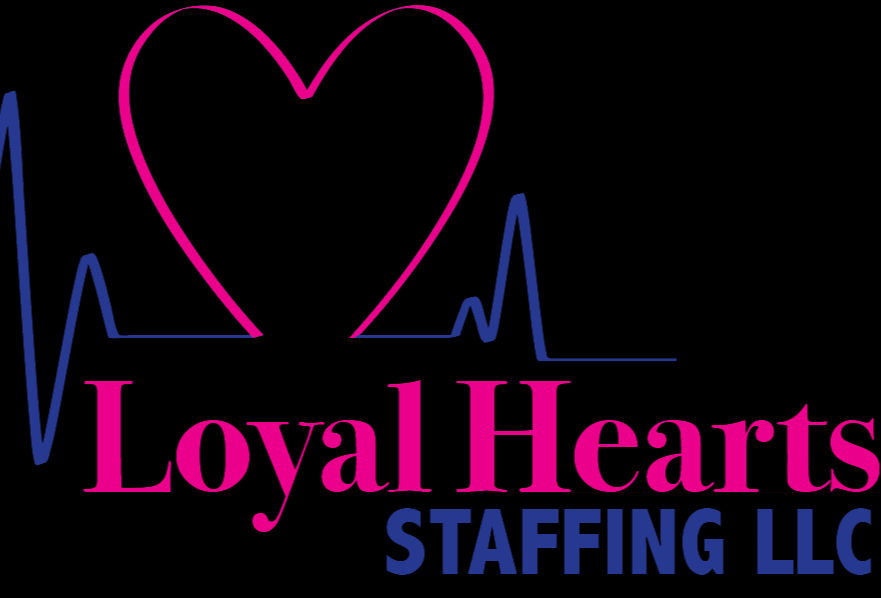Blood pressure assessment
- April Swanson

- Dec 1, 2022
- 2 min read
Measurement of blood pressure, both systolic and diastolic.
Objective:
To obtain by a noninvasive or indirect method the measurement of blood pressure produced by the passage of blood through an artery.
Equipment:
– Stethoscope and sphygmomanometer. – Green pen.
Material:
– Nursing records.
Procedure:
– Check the perfect functioning of the equipment. – Wash hands. – Preserve the patient’s privacy. – Inform the patient of the technique to be performed. – Request the collaboration of the patient and family. – Place the patient seated or in supine position. – Ensure that the patient is at rest at least 10 minutes before taking blood pressure, with an empty urinary bladder, without having smoked or eaten recently. – Provide a quiet and comfortable environment. – Undress the patient’s upper arm, making sure that it is free of clothing, resting on a smooth surface and with the antecubital fossa at the level of the heart. – Place the cuff of the sphygmomanometer 2 cm above the antecubital fossa and evenly encircle the arm.
– Palpate the brachial artery and place the phonendoscope on top (2 cm below the cuff). – Close the knob valve with the other hand. – Inflate the cuff until the sphygmomanometer reads 20 mmHg above the patient’s usual blood pressure. – Open the air outlet valve slowly. Do this by observing the scale to detect the place where the first sound or systolic or maximum pressure is heard, which gradually increases in tone and intensity and progressively changes until it disappears (diastolic or minimum pressure). – The next less intense sound is the 2nd digit or diastolic pressure. – Continue to decrease the cuff pressure until no sounds are heard 3rd digit or 2nd diastolic pressure. – Remove the cuff and stethoscope. – Leave the patient in a comfortable position. – Wash hands. – Record in the nursing documentation the figures obtained with a green pen, date and time of the measurement. – If the values are out of normal, act according to medical prescription or notify the physician.
Remarks:
– Review of the blood pressure monitor every 6 months or as needed. – If there is any doubt about any figure obtained, wait 2 minutes and retake the measurement. – The size of the sphygmomanometer should be two thirds of the width of the arm and the length of the arm circumference plus 20%. They must be appropriate according to weight and age. – Do not take blood pressure in the arm of a mastectomized patient, with arterio-venous fistula or amputation, nor in the arm that supports fluid therapy. – If the MMII measurement is taken, place the phonendoscope in the popliteal fossa. – Classification of blood pressure in adults according to the figures proposed by the Spanish Society of Hypertension (SEH-LELHA) and promulgated by the European Society of Hypertension-European Society of Cardiology Guidelines Committee.








Comments